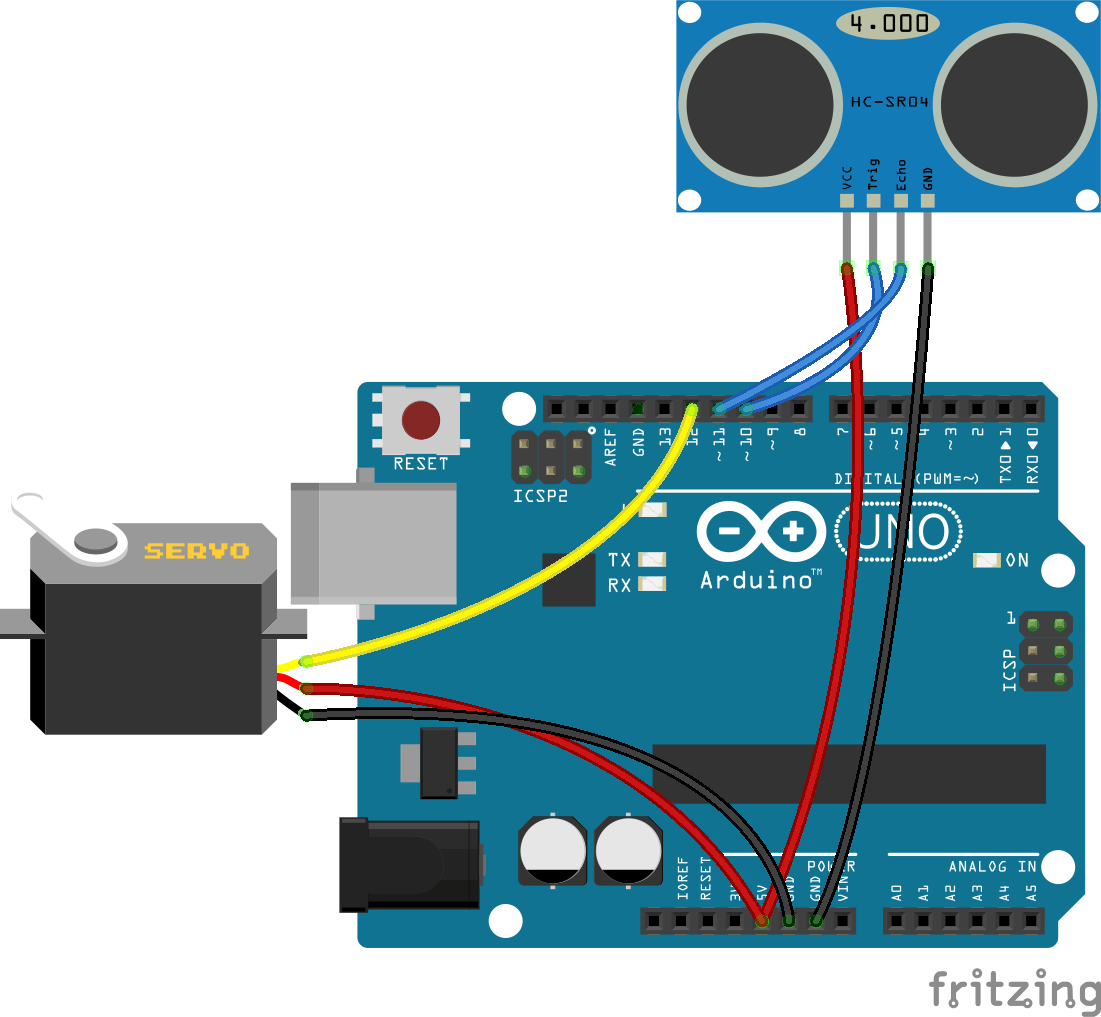How to Make a Radar with Arduino | Arduino Project | #Bihari Lifehacker
Watch this video cool way to make your very own Radar with Arduino. This is a very simple hack to create a radar. Hope you guys found this video tutorial user friendly. Hope you enjoy it.
SUBSCRIBE
https://www.youtube.com/channel/UC88UigBH18Zn1UrtWgp2DPA
Link my page on Facebook
https://www.facebook.com/Bihari-Lifehacker-108437444279042/
1) ARDUINO UNO
Arduino is an open-source electronics platform based on easy-to-use hardware and software. Arduino boards are able to read inputs - light on a sensor, a finger on a button, or a Twitter message - and turn it into an output - activating a motor, turning on an LED, publishing something online. You can tell your board what to do by sending a set of instructions to the microcontroller on the board. To do so you use the Arduino programming language (based on Wiring), and the Arduino Software (IDE), based on Processing.
Over the years Arduino has been the brain of thousands of projects, from everyday objects to complex scientific instruments. A worldwide community of makers - students, hobbyists, artists, programmers, and professionals - has gathered around this open-source platform, their contributions have added up to an incredible amount of accessible knowledge that can be of great help to novices and experts alike.
2) ULTRASONIC SENSOR
Ultrasonic transducers and ultrasonic sensors are devices that generate or sense ultrasound energy. They can be divided into three broad categories: transmitters, receivers and transceivers. Transmitters convert electrical signals into ultrasound, receivers convert ultrasound into electrical signals, and transceivers can both transmit and receive ultrasound.
In a similar way to radar and sonar, ultrasonic transducers are used in systems which evaluate targets by interpreting the reflected signals. For example, by measuring the time between sending a signal and receiving an echo the distance of an object can be calculated. Passive ultrasonic sensors are basically microphones that detect ultrasonic noise that is present under certain conditions.
An optical sensor has a transmitter and receiver, whereas an ultrasonic / level sensor uses a single ultrasonic element for both emission and reception. In a reflective model ultrasonic / level sensor, a single oscillator emits and receives ultrasonic waves alternately. This enables miniaturisation of the sensor head.
3)SERVO MOTOR
A servo motor is a rotary actuator or motor that allows for a precise control in terms of angular position, acceleration and velocity, capabilities that a regular motor does not have. It makes use of a regular motor and pairs it with a sensor for position feedback. The controller is the most sophisticated part of the servo motor, as it is specifically designed for the purpose.
The servo motor is a closed-loop servomechanism that uses position feedback in order to control its rotational speed and position. The control signal is the input, either analog or digital, which represents the final position command for the shaft. A type of encoder serves as a sensor, providing speed and position feedback. In most cases, only the position is reported. The final position is reported to the controller and this is compared to the initial position input, and then if there is a discrepancy, the motor is moved in order to get to the correct position.




_ztBMuBhMHo.jpg?auto=compress%2Cformat&w=48&h=48&fit=fill&bg=ffffff)









_3u05Tpwasz.png?auto=compress%2Cformat&w=40&h=40&fit=fillmax&bg=fff&dpr=2)
Comments
Please log in or sign up to comment.